Retinol, a derivative of vitamin A, has powerful anti-aging and skin-improving benefits. Incorporating it into your skin care routine has many benefits, but it’s important to understand how to use it effectively and safely.
I often recommend retinol to patients for its ability to promote cell turnover, enhance collagen production, improve skin texture and tone, reduce wrinkles, fine lines, and hyperpigmentation.
Before adding retinol to your skin care routine, please keep reading to learn about the benefits, how to effectively use it, and the potential side effects.
Benefits of Using Retinol
- Anti-Aging: Retinol is best known for its anti-aging properties. It helps to reduce the appearance of fine lines and wrinkles by promoting collagen production and accelerating skin renewal.
- Improved Skin Texture: By speeding up cell turnover, retinol helps to smooth out rough patches and improve overall skin texture.
- Reduced Hyperpigmentation: Retinol can fade dark spots, age spots, and sun damage, leading to a more even skin tone.
- Acne Treatment: Retinol can help unclog pores and reduce the frequency of breakouts, making it a popular choice if you have acne-prone skin.
How to Use Retinol
- Start Slow: If you’re new to retinol, use it only a couple of times a week. This allows your skin to build tolerance and minimizes the risk of irritation.
- Apply at Night: Retinol can make your skin more sensitive to the sun, so it’s best to apply it in your nighttime skin care routine. Use with a good moisturizer to keep your skin hydrated.
- Use a Pea-Sized Amount: A little goes a long way. Use only a pea-sized amount for your entire face to avoid over-application and potential irritation.
- Avoid Mixing with Certain Ingredients: Retinol can be irritating when combined with other potent active ingredients like AHAs, BHAs, and vitamin C. If you’re using these, apply on alternate nights.
- Use Sunscreen: Always wear sunscreen during the day — especially when using retinol — as your skin will be more prone to sunburn and damage.
Common Side Effects and How to Manage Them
- Dryness and Peeling: It’s common to experience dryness and peeling when you first start using retinol. To minimize this, use a gentle, hydrating cleanser and a rich moisturizer.
- Redness and Irritation: If you experience significant redness and irritation, reduce the frequency of use. You can also apply retinol over a layer of moisturizer to buffer its effects.
- Purging: Some people experience a purging phase, where their skin breaks out before it gets better. This is temporary and usually subsides within a few weeks.
Consult First; Retinol Second
Retinol can be a game-changer for your skin care routine, offering a wide range of benefits. By starting slow, using it correctly, and managing potential side effects, you can harness the full potential of this powerful ingredient. Remember, consistency is key, and with time and patience, you’ll be able to enjoy smoother, brighter, and more youthful-looking skin.
But, if you’re unsure about which retinol product to use or how to incorporate it into your routine, talk with us before starting!

